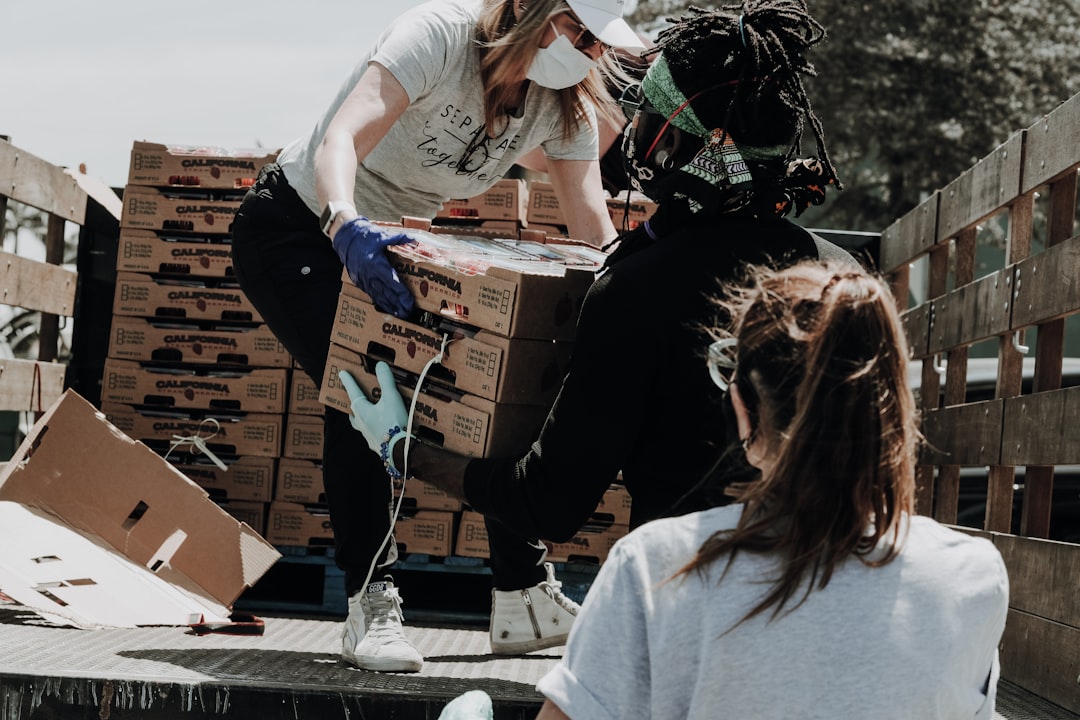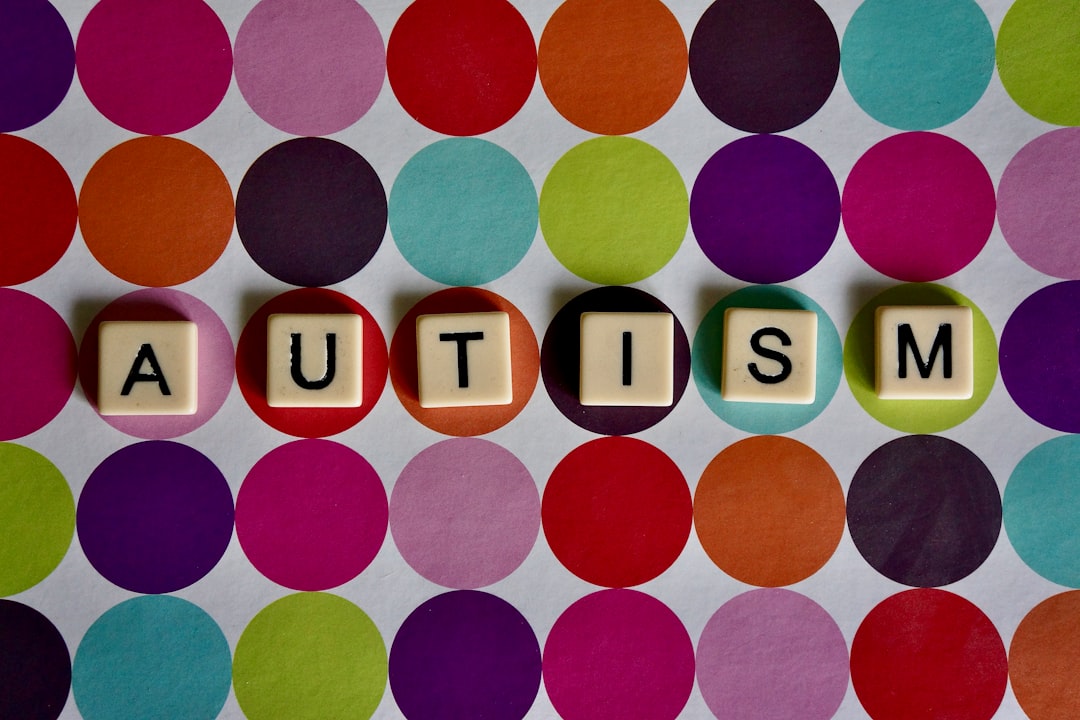Clearing out your home of gently used items can be both refreshing and purposeful. If you’re looking to declutter while giving back to your community, a donation drop off is an easy and impactful way to do it. Whether it’s clothing, books, electronics, or household goods, your donated items can make a meaningful difference in someone else’s life.
Many donation centers accept a wide variety of goods, and some even provide guidelines on how to prepare your items before donating. This helps ensure that your contributions are in usable condition and can be put to good use quickly. A few tips to keep in mind include washing clothing, checking electronics for functionality, and boxing up smaller items for easier transport. When items are sorted and labeled, it also helps staff process your donation more efficiently.
If you’re unsure where to begin, finding a local donation drop off location is a great first step. Many communities have dedicated areas where donations are accepted during set hours, and some places even offer drive-through services to make the process faster. Before heading out, it’s a good idea to check which items are accepted and if there are any restrictions, such as limits on furniture or electronics.
Donating goods instead of discarding them helps reduce waste and supports sustainable practices. It also provides affordable options for shoppers at thrift stores and helps fund programs that serve the community. Your donations can support job training, education, and other essential services provided by nonprofit organizations. Every item you give can play a part in improving someone else’s quality of life.
For those who want to make donating a regular habit, it can help to keep a designated bin at home for items no longer in use. This makes it easier to periodically gather things to donate and keeps your space organized. Over time, this small habit can lead to more thoughtful consumption and a deeper connection to your community values.
To learn more about how your contributions help and where to bring them, visit community donation resources for detailed information. These resources often include maps, accepted item lists, and tips for ensuring your donation has the most positive impact. With a little planning, your act of giving can reach further than you imagine.






